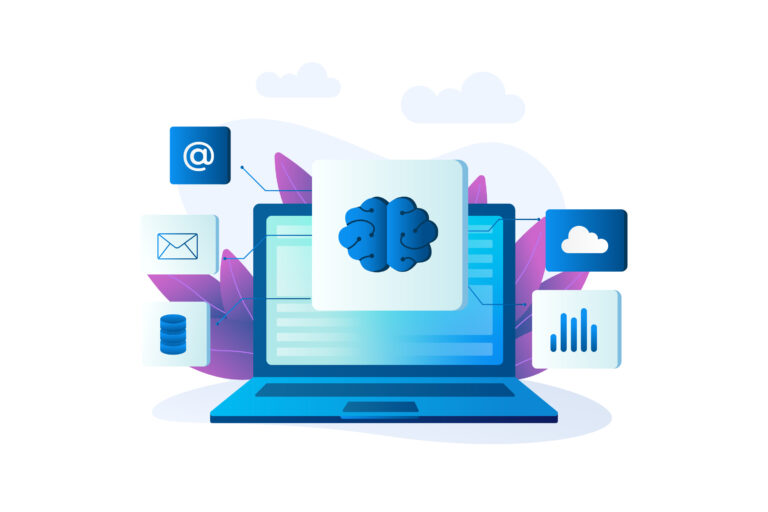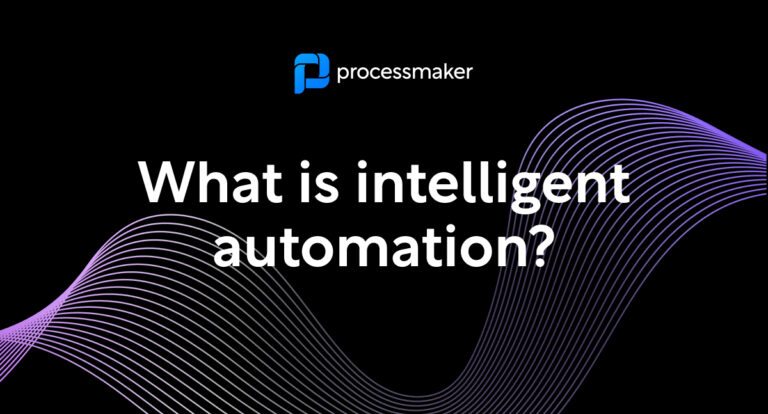What is content intelligence? Let’s break it down.
Content intelligence uses intelligent document processing, machine learning, and AI to help knowledge workers find the very knowledge they need to ace their job duties.
A well-oiled content intelligence strategy peels back the layers on important documents to reveal insights you’d otherwise miss out on. And this kind of content isn’t always easy to find.
How many times have you recalled the phantom memory of an insightful nugget shared during a presentation, only to forget where you saw it?
For example, someone in the marketing department presents a compelling report of customer behaviors. The report contains pages of revelations into market competitors, customer preferences, and product usage habits. But if it’s impossible for an employee in sales or product development to locate. The winning insight ultimately gets lost in the cobwebs of the company intranet.

“Where did I see that?” triggers an hours-long search: one that wastes 19% of the work week, according to McKinsey. Without a content intelligence strategy in mind, the one “a-ha” moment” that could’ve brought your business to new heights vanishes as quickly as a cloud.
Free trial: Create a process in seconds
Fortunately, for many organizations, the best move is right under their nose, dwelling in existing data that’s just too hard to find. Content intelligence is all about cracking into untapped knowledge you already have on hand. Here’s how:
A search engine for organizational knowledge
At the crux of content intelligence is how your organization manages documents and data. Namely, unstructured data.
While you might spend several hours per day working in spreadsheets, that’s the easy part. Unstructured data involves Slack messages, Google Docs, PDFs, social media exchanges, and PowerPoints from last quarter’s sales meeting. It involves all the freestyle content that doesn’t follow a predictable template like rows and columns.
That’s why unstructured data is a lot trickier to parse. To enhance “findability,” we used to rely on strict file structure or taxonomy. But tags that apply to one department’s focus may not involve the reason why another department needs the information. This can be a problem for most organizations, considering 80–90% of data is unstructured.
Intelligent document processing (IDP) puts insights from unstructured content front and center. You no longer need complex meta-tagging to try to manage and share information. Machine learning and artificial intelligence come together to ingest, index, and organize your content so you can search it like it’s your very own Google.
You’ll be able to explore documents and bring their content to life beyond the format they arrive in. With intelligent document processing, you can ask questions of your organization’s knowledge, and get an answer no matter where it exists:
- What was the best-selling product in December 2021? (From
sales reports) - What % of our customers prefer self-service options? (From a marketing deck)
- Who was the Southeast sales rep in 2018? (From an HR document)

Content intelligence also involves external information, too. Organizations can compile nearly every data point that winds through their processes. Consider what artificial intelligence data analysis might help you find in the following:
- Messenger or WhatsApp chats
- Customer feedback shared on Amazon, G2, or Twitter (depending on your industry)
- Voice calls
- Email exchanges
- IoT sensors
- Software or app usage habits
Making sense of unstructured data is an age-old plague on business. A 2011 study found that 52% of business leaders said employees could never find important information within an appropriate time frame. Twelve years later, the problem still exists in companies ignoring AI-powered document automation. But with IDP in place, you can boost information-gathering productivity by 25–35%. That’s an extra three hours per employee per week!
Free trial: Discover how to automate ID verification
Content intelligence and process automation
Intelligent document processing works within process automation. Different tasks in processes like customer support, employee onboarding, or new account setup collect information. It might come in through a handwritten document, an uploaded PDF, or a completed digital form.
With an IDP-powered process task, you can extract necessary information so it’s ready to use in other areas of your organization. Artificial intelligence and machine learning read documents so they’re easier to find and act on.
How content intelligence improves marketing outreach
Content intelligence is also a market research powerhouse. From a marketing perspective, CI takes on a new definition—but it’s still underpinned by better management of your data through intelligent document processing.
With the right data fueling decision-making, you can improve content creation and campaign targeting. Imagine user profiles infused with data from all over your business: behaviors, email opens, sales data, video views—essentially the sky’s the limit.

Artificial intelligence can help you connect content you’d previously deem unrelated. From there, you can activate AI marketing tools:
- Discover what features are most valuable to customers, which ones need tweaking, and which ones you can cut together.
- Natural language generation, the tech that trains computers to mimic human-sounding language, can craft compelling calls-to-action per user.
- Eliminate guesswork and pinpoint video, infographic, or blog topics your customers will find most interesting.
Relying on outdated methods for data organization starves new marketing strategies of critical insights. With content intelligence, you can go far beyond vanity metrics. Artificial intelligence opens new content creation doors—but only if your data is ready for processing.
Free trial: Check out invoice processing solutions
Businesses are swimming in billions of documents and data points that add up to more stars than there are in the night sky. Disorganized and chaotic, they don’t form patterns, but a messy soup of stars that’s impossible to make meaning of.
Intelligent document automation turns your content into a discernible constellation, fueling today’s content intelligence. Once you get the IDP machine running, information trickles down into other areas—marketing, sales, and HR. With a clearer content intelligence picture, you can make sense of data in new ways, unearthing new connections that exceed your business goals.
Talk with our team about how your organization can leverage content intelligence.





